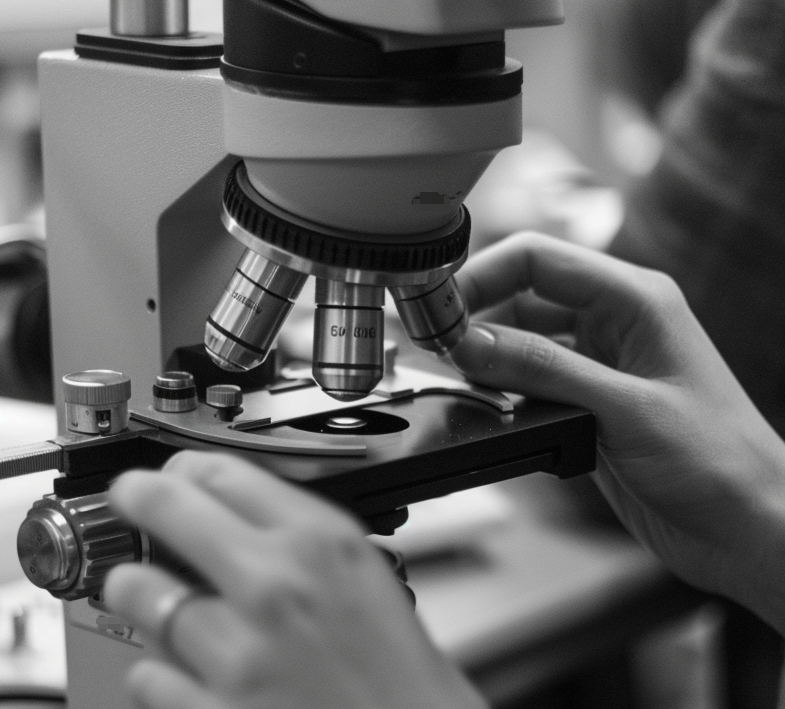The Application of Lenses in Optical Microscopes
Optical microscopes are widely used scientific tools for observing tiny objects and structures. Lenses play a crucial role in optical microscopes by magnifying the samples and producing clear images.

I. Objective Lenses
Role of Objective Lenses:
Objective lenses are one of the primary lenses in optical microscopes. They are positioned between the sample and the eyepiece or camera, responsible for magnifying the details on the sample and forming a clear image. Objective lenses typically have high magnification and shorter working distances to enable the observation and study of minute sample structures.
Design of Objective Lenses:
The design of objective lenses takes into account various factors, including magnification, working distance, numerical aperture, and aberration correction. Objective lenses with high numerical aperture can provide higher resolution and better image quality. Some advanced objective lenses also incorporate special optical coatings to reduce reflection and scattering of light, enhancing image contrast and clarity.
II. Eyepiece Lenses
Role of Eyepiece Lenses:
When using a microscope, operators typically use eyepieces to observe the images produced by the objective lenses. Eyepiece lenses are used to adjust the observer's vision, enabling a clear view of the magnified sample image. Convex and concave lenses can be used to correct visual issues such as nearsightedness or farsightedness, depending on the observer's needs.
Design of Eyepiece Lenses:
The design of eyepiece lenses is typically based on an individual's visual prescription. By using the appropriate convex or concave lenses, eyeglasses can focus light onto the retina, correcting visual impairments. The design of eyepiece lenses also considers the appropriate diopter, curvature, and lens materials to provide comfortable and effective vision correction.

III. Innovations to Improve Resolution and Image Quality
To further enhance the resolution and image quality of optical microscopes, scientists and engineers have made numerous innovations and improvements.
Refractive Index Matching Fluid:
Refractive index matching fluids are often used to fill the gap between the sample and objective lens during microscope observations. These fluids reduce light refraction and scattering, improving image clarity and contrast.
High Numerical Aperture Objectives:
High numerical aperture objectives can provide higher resolution and better image quality. Scientists and manufacturers continuously strive to develop new designs for objective lenses.

